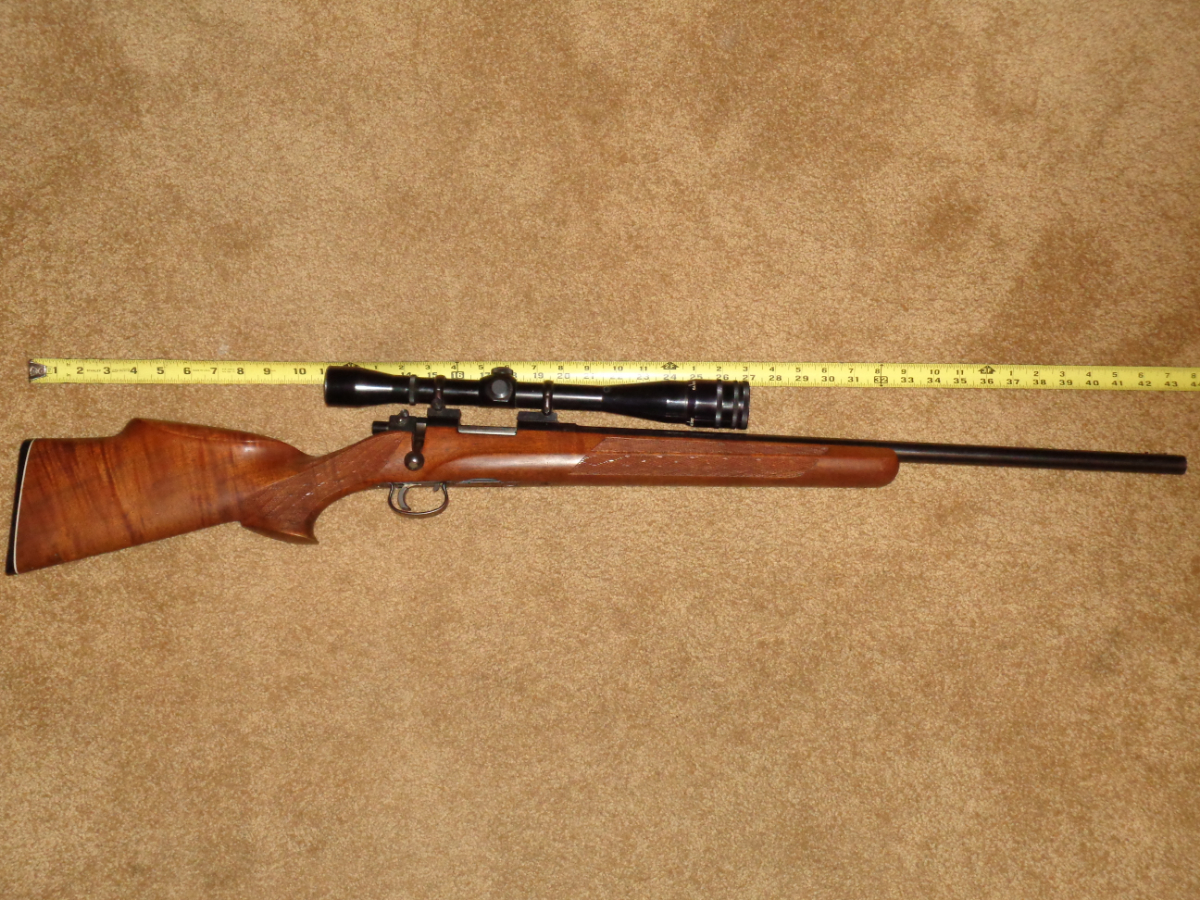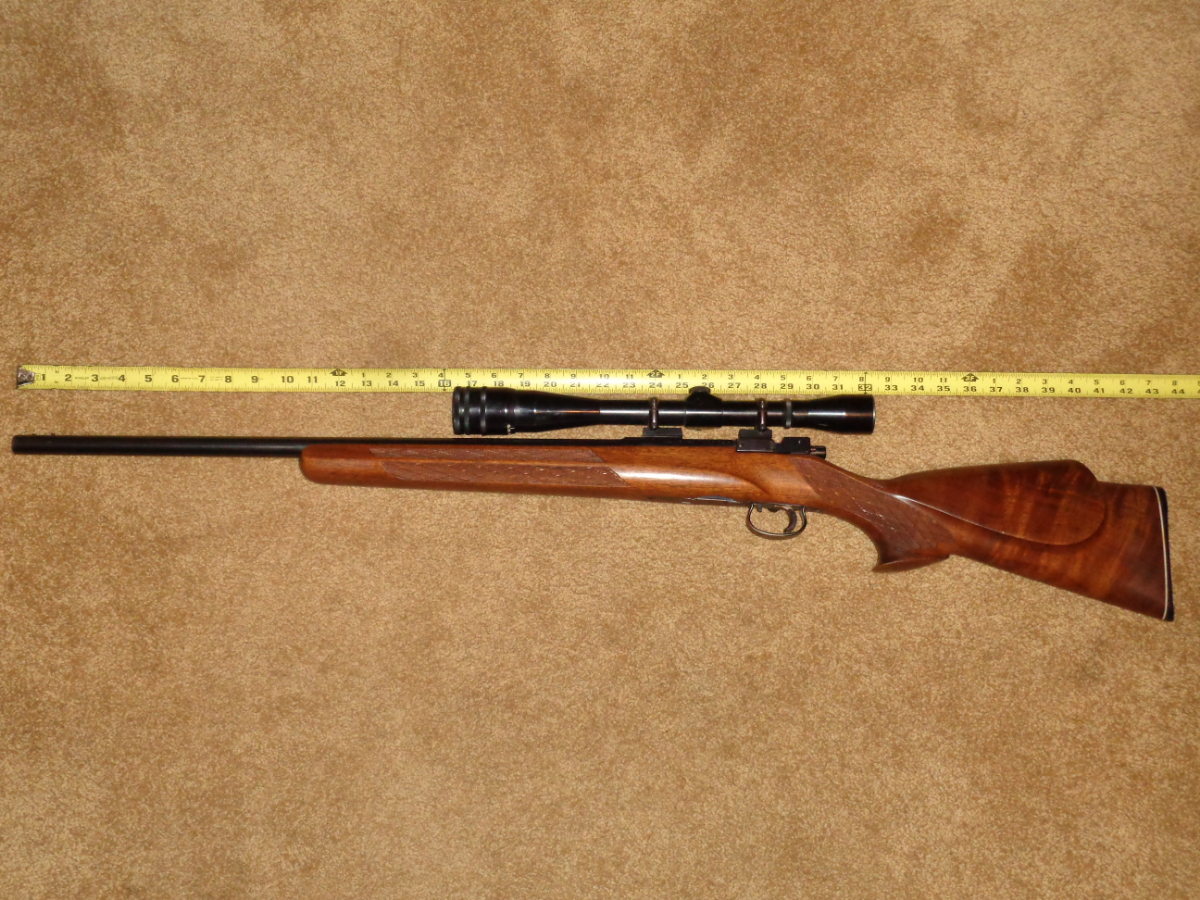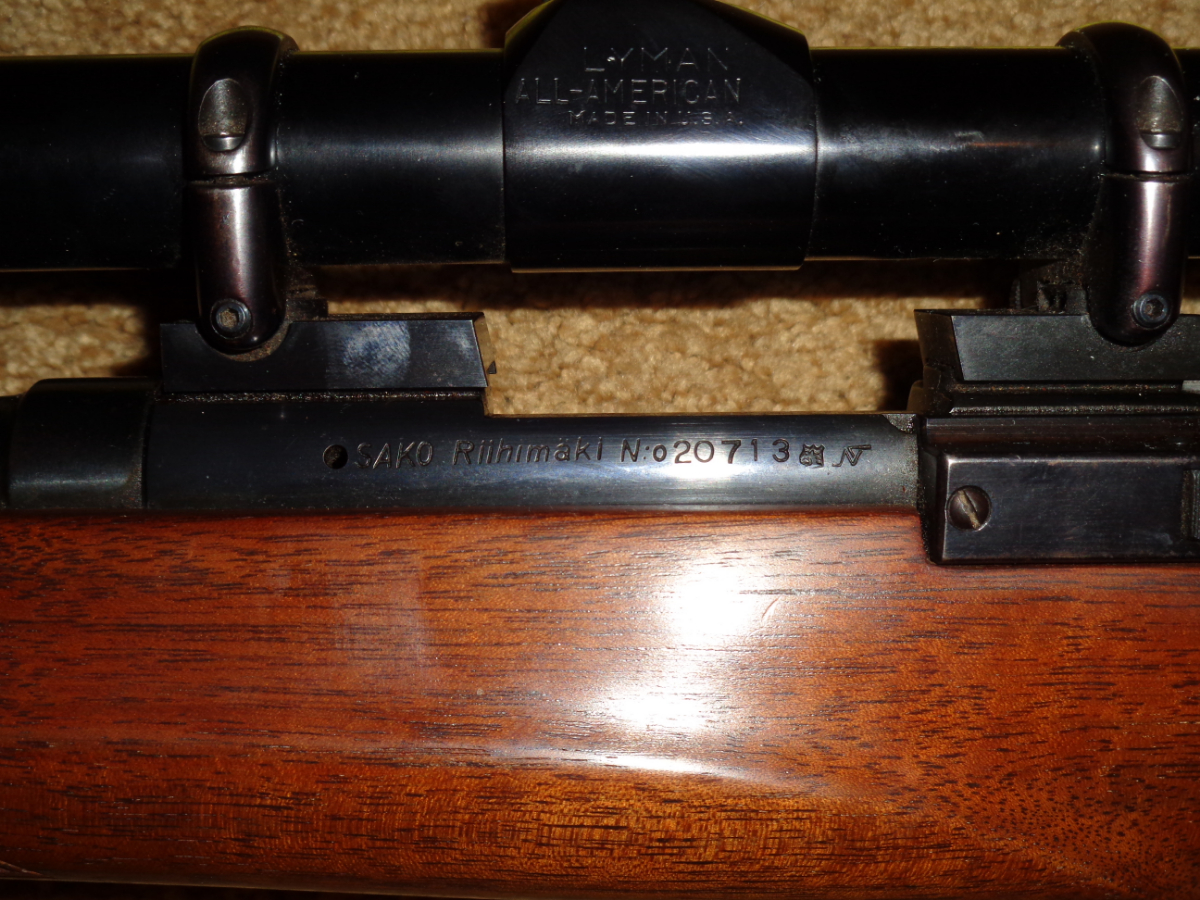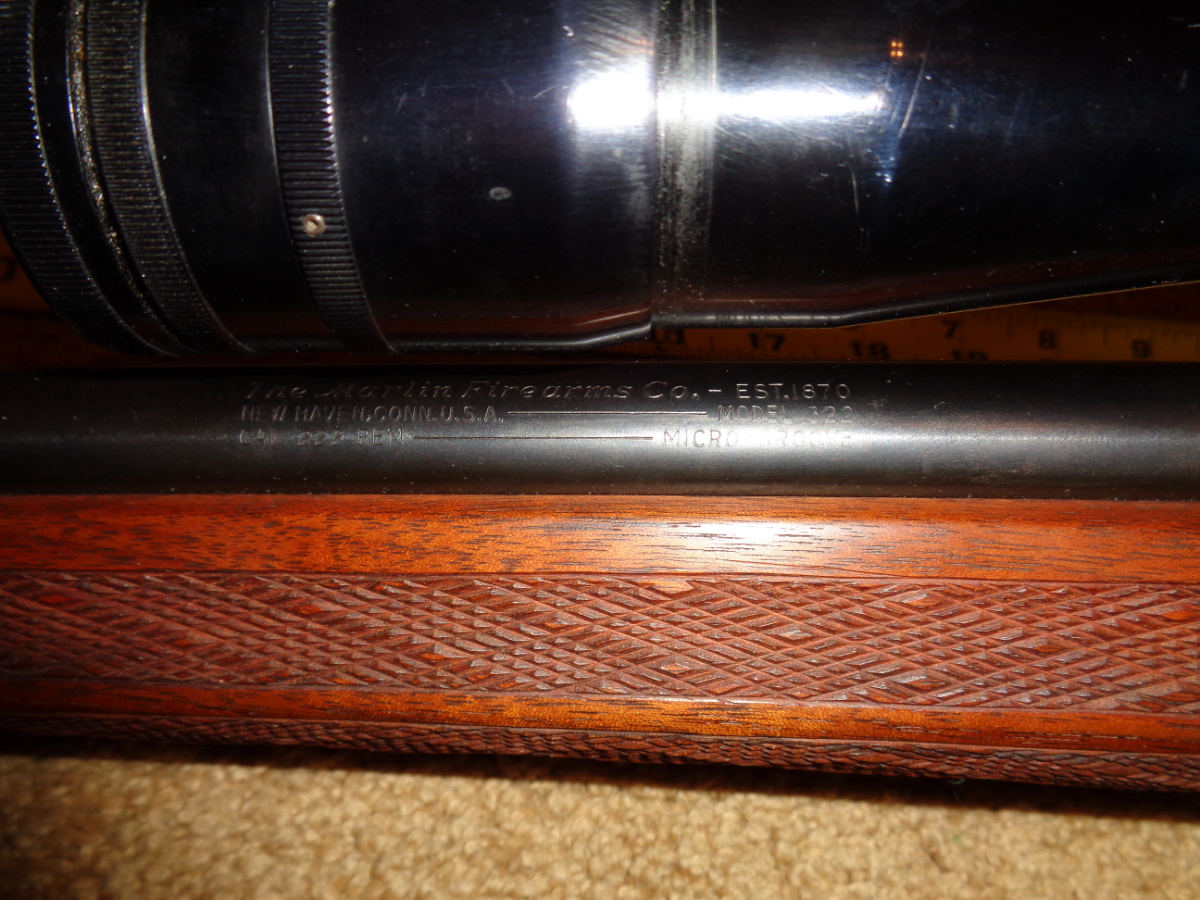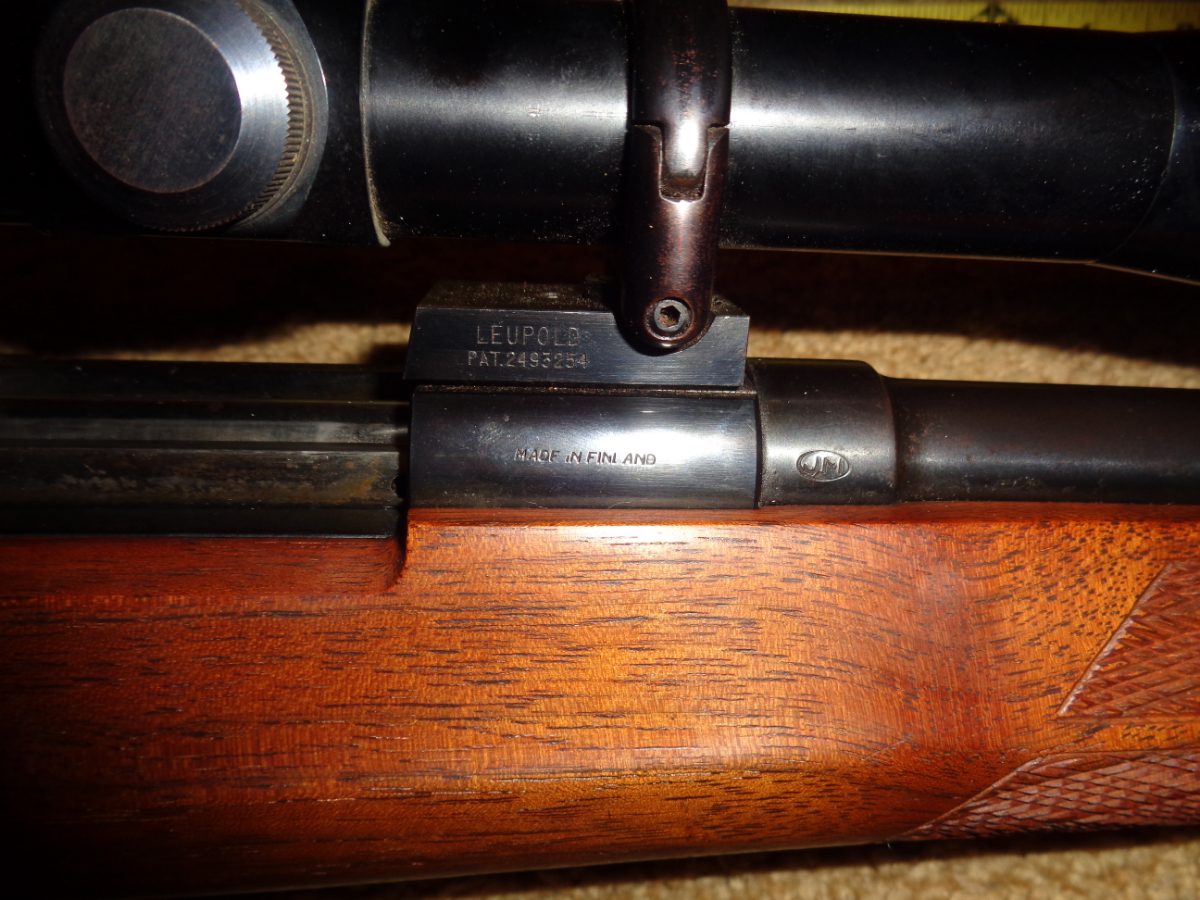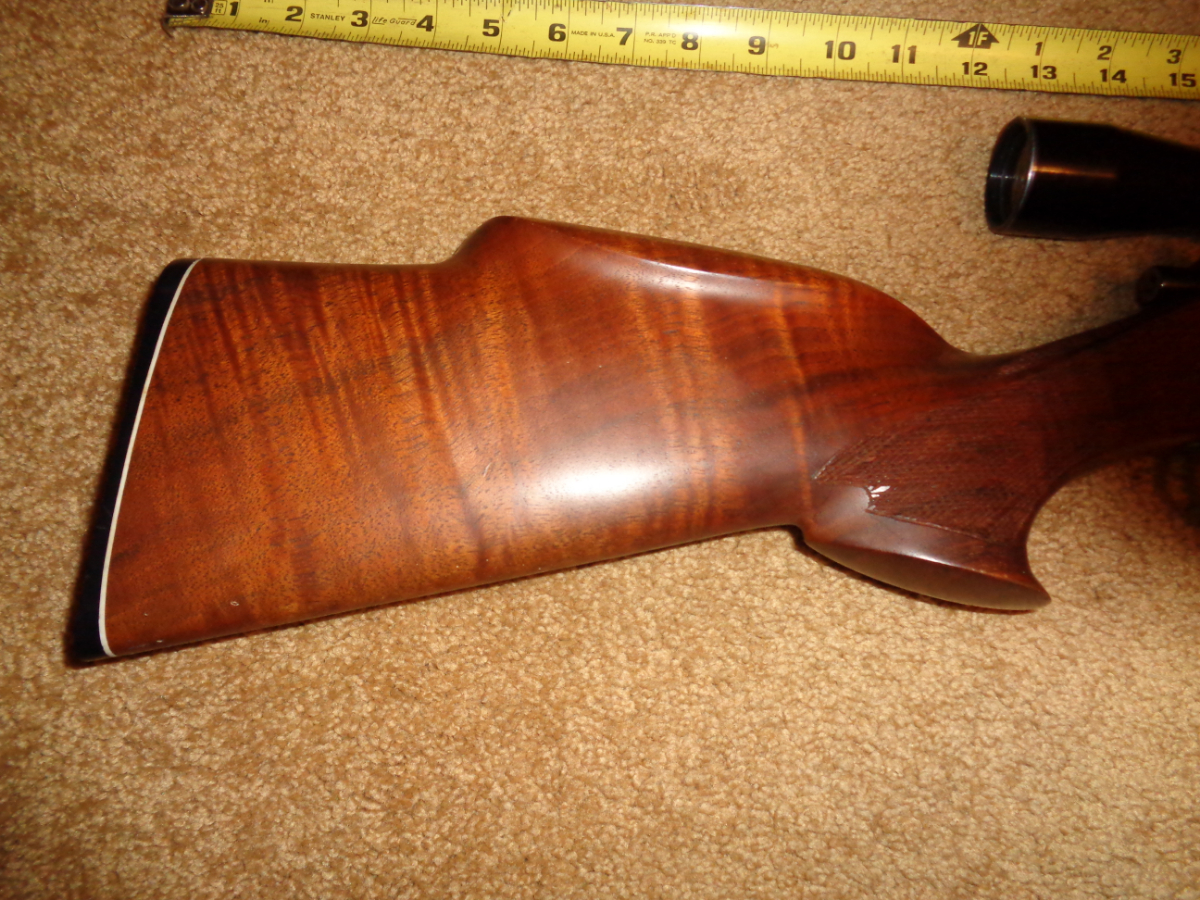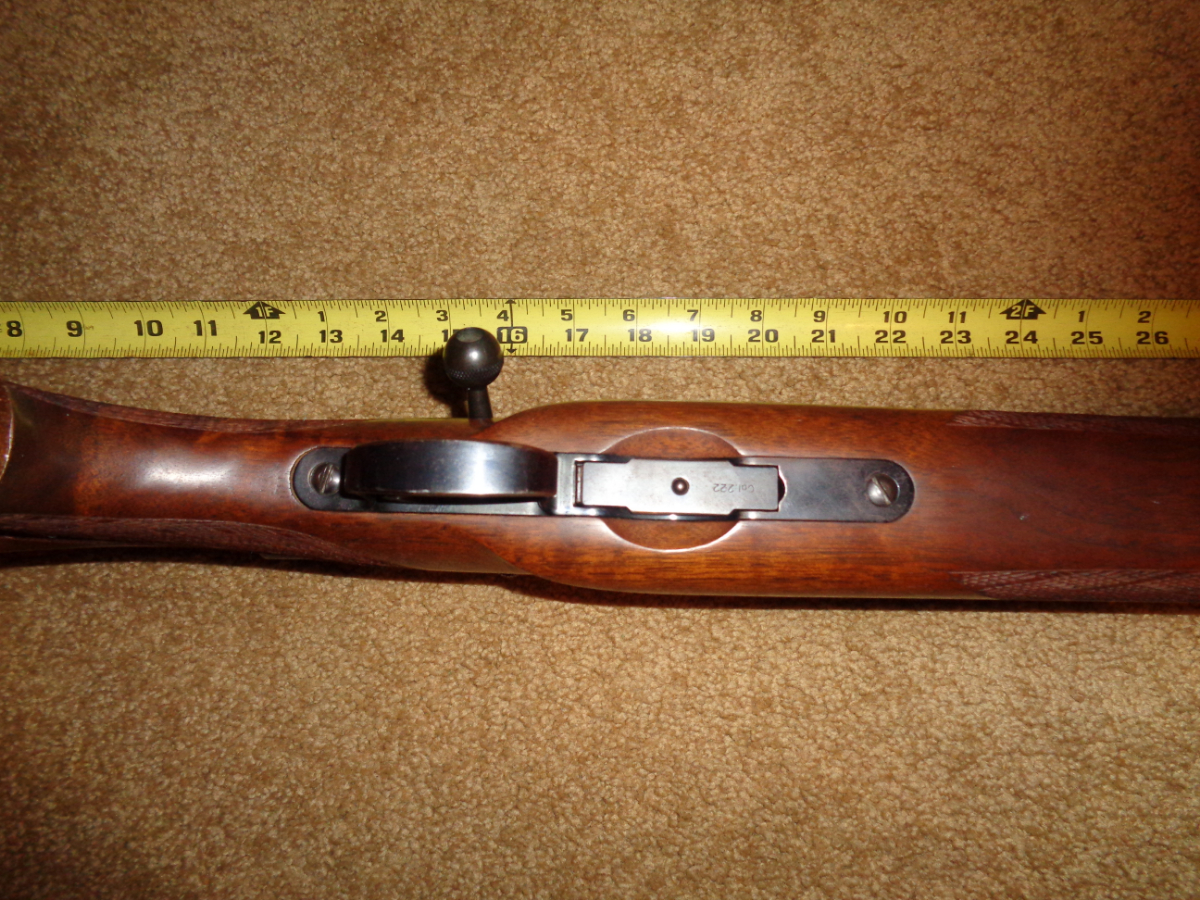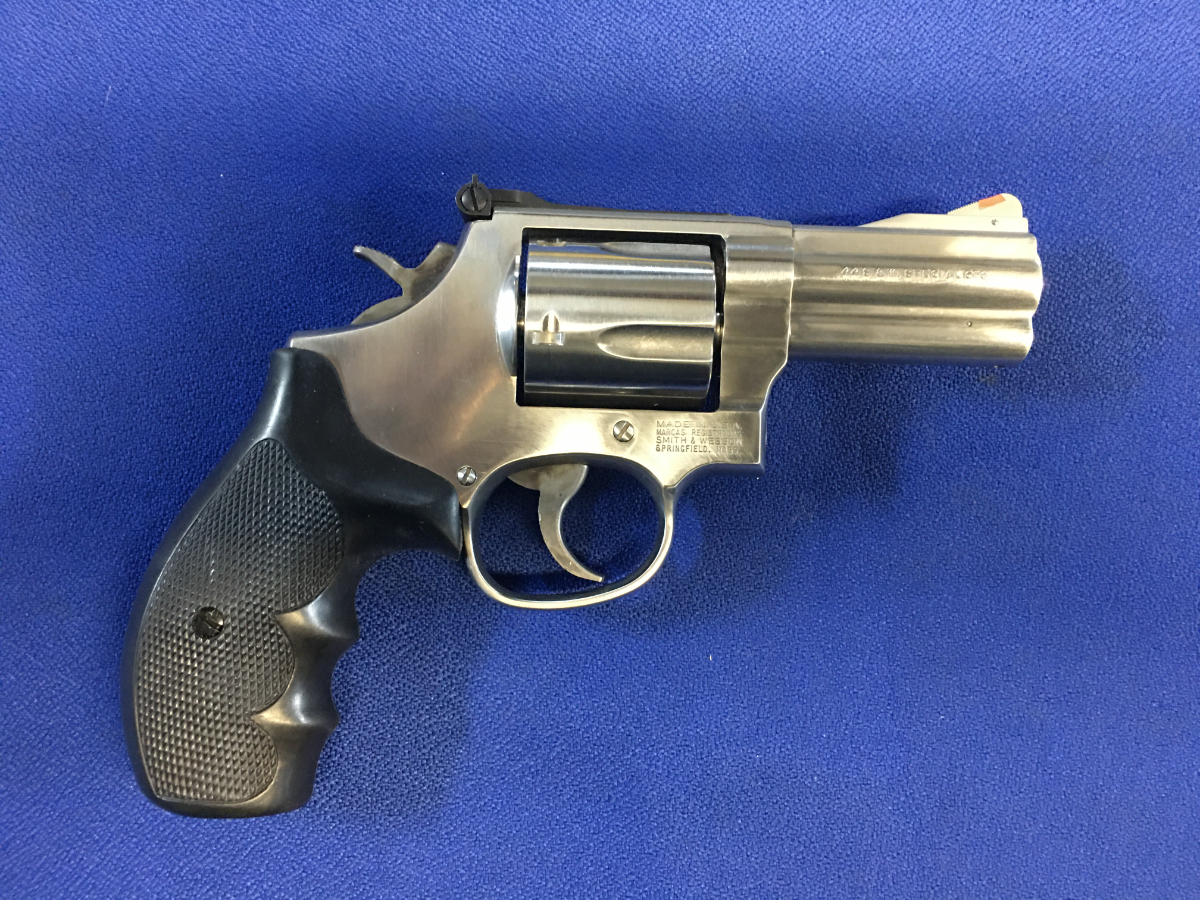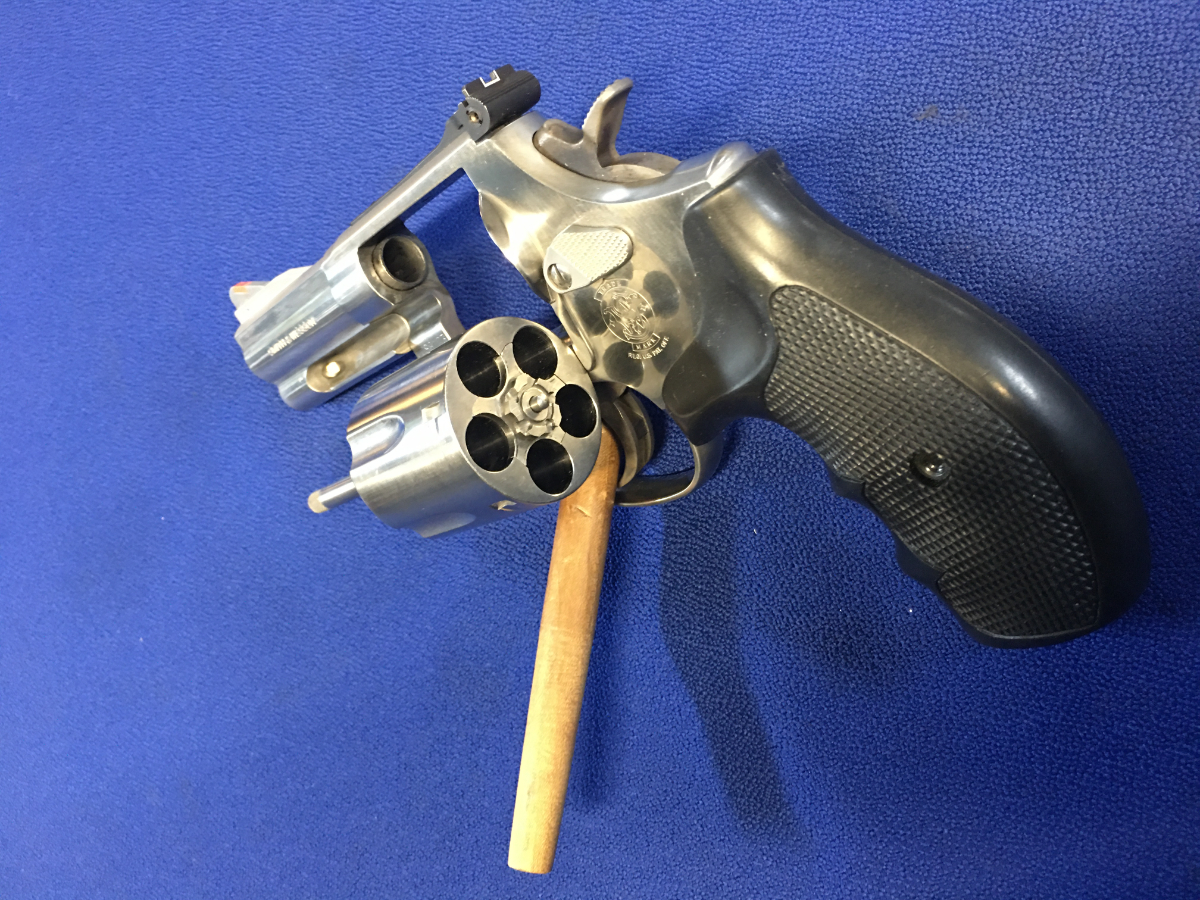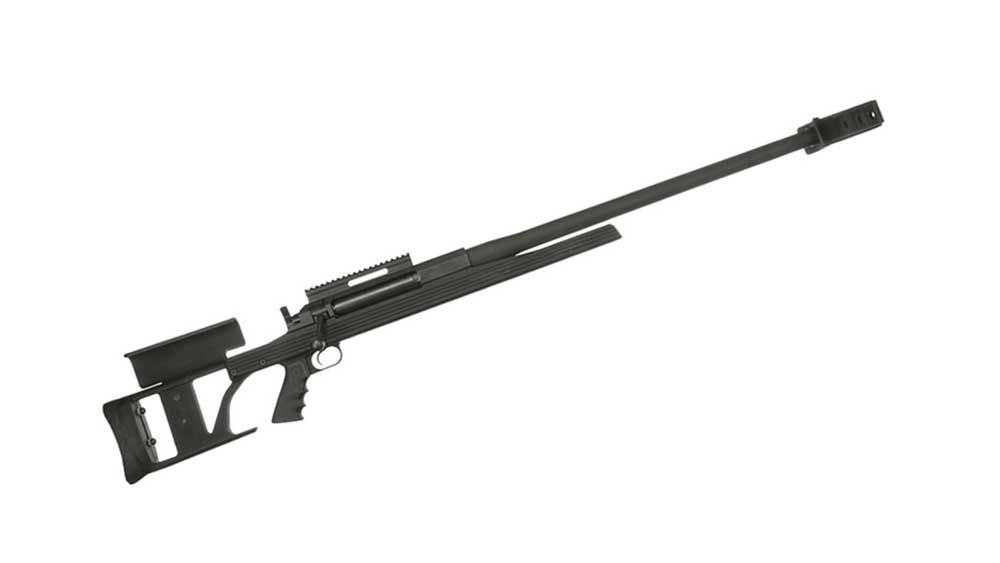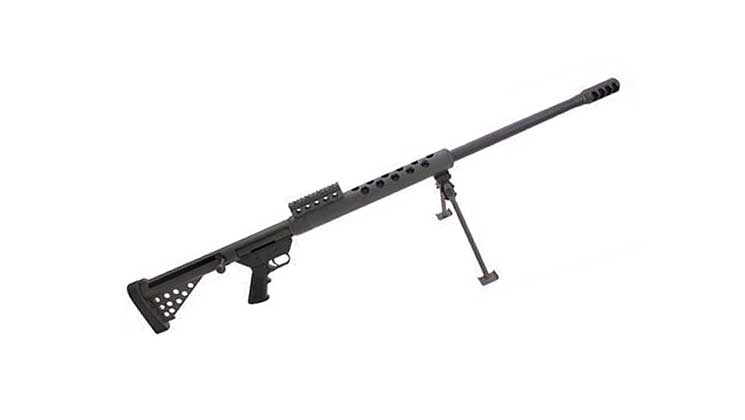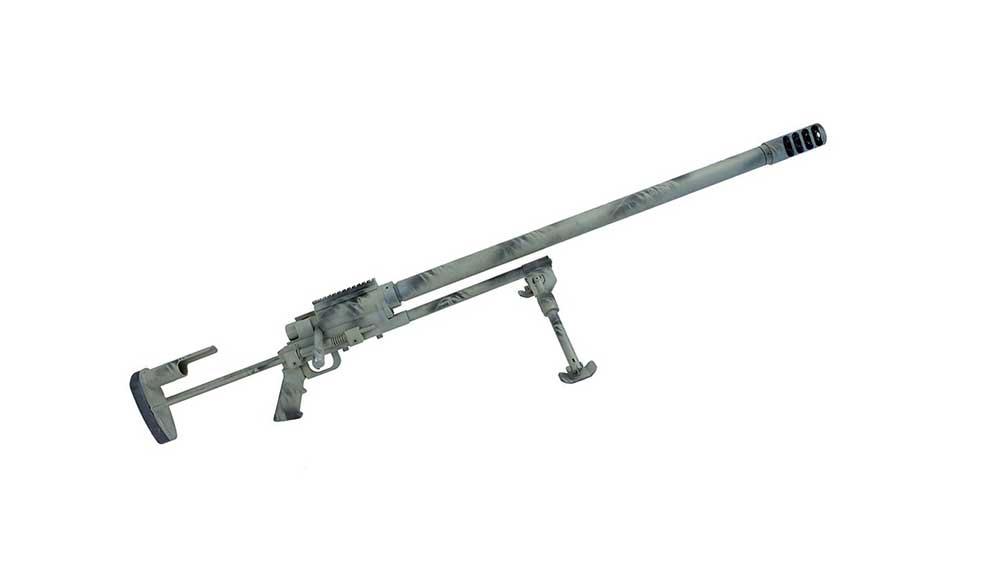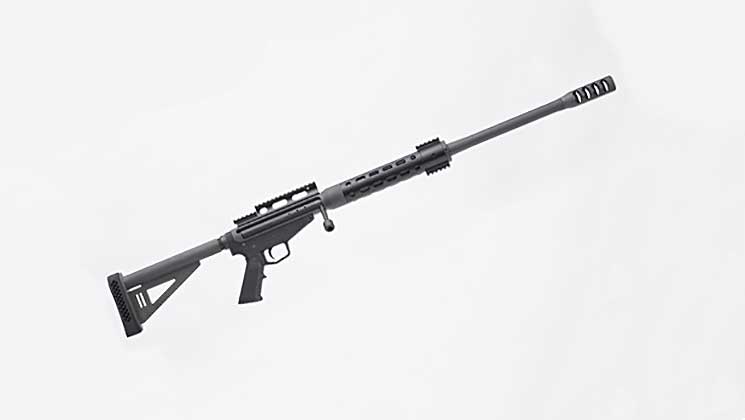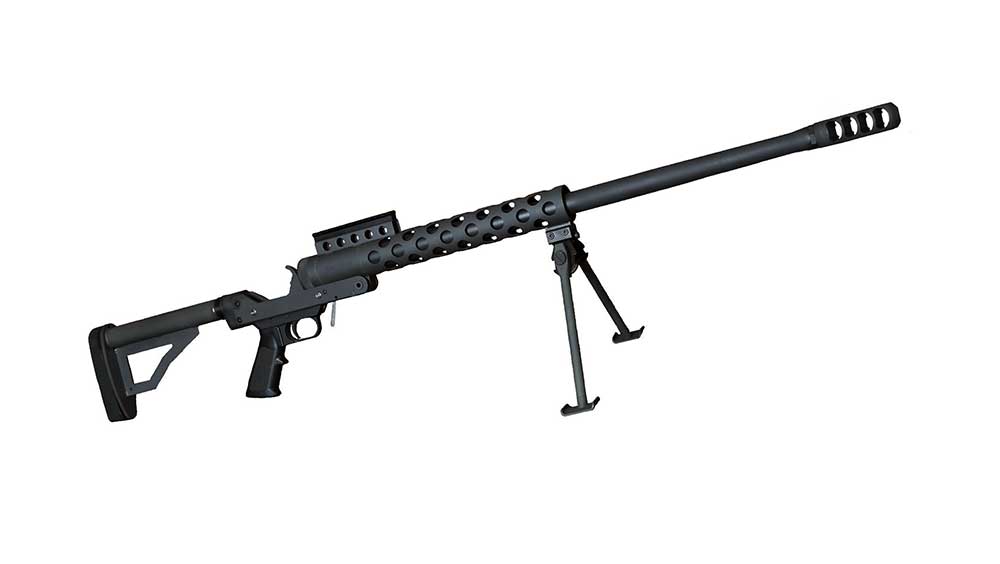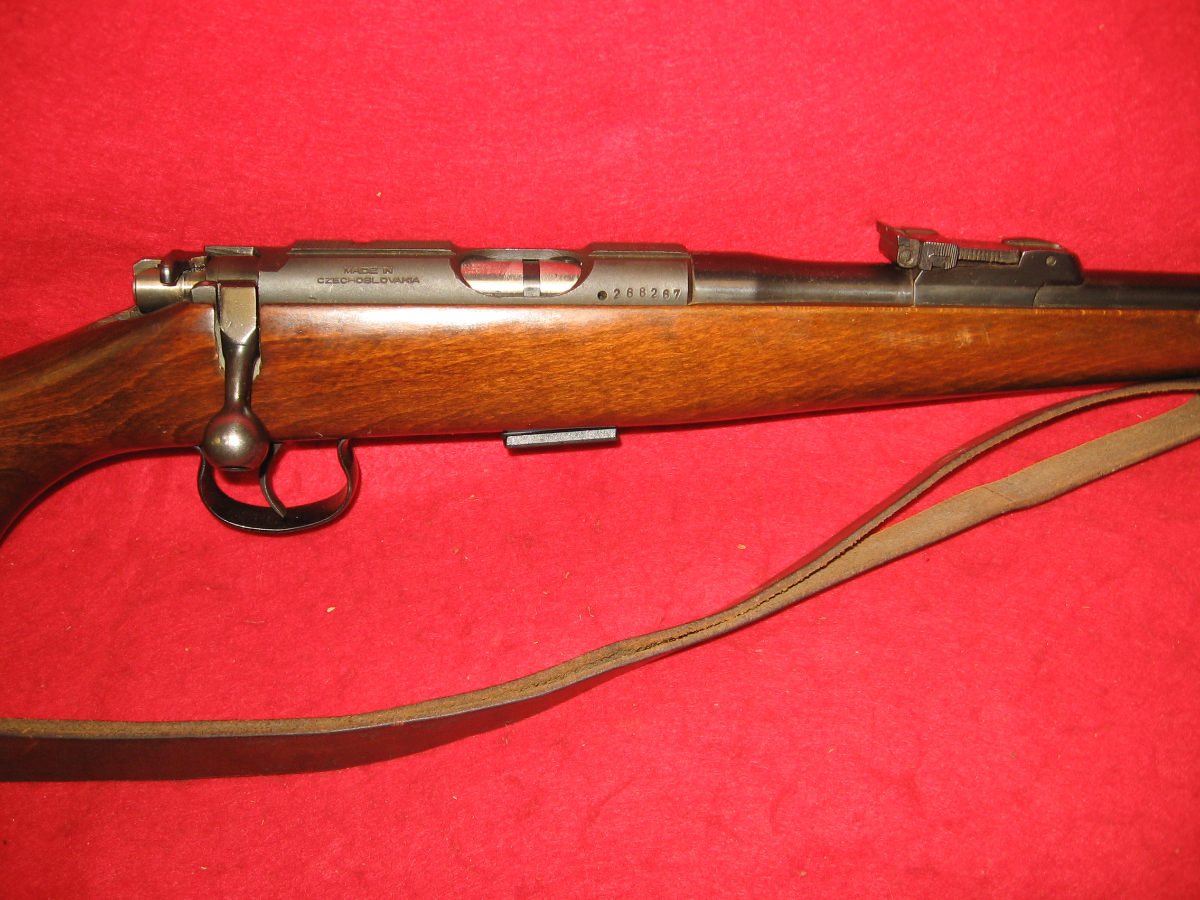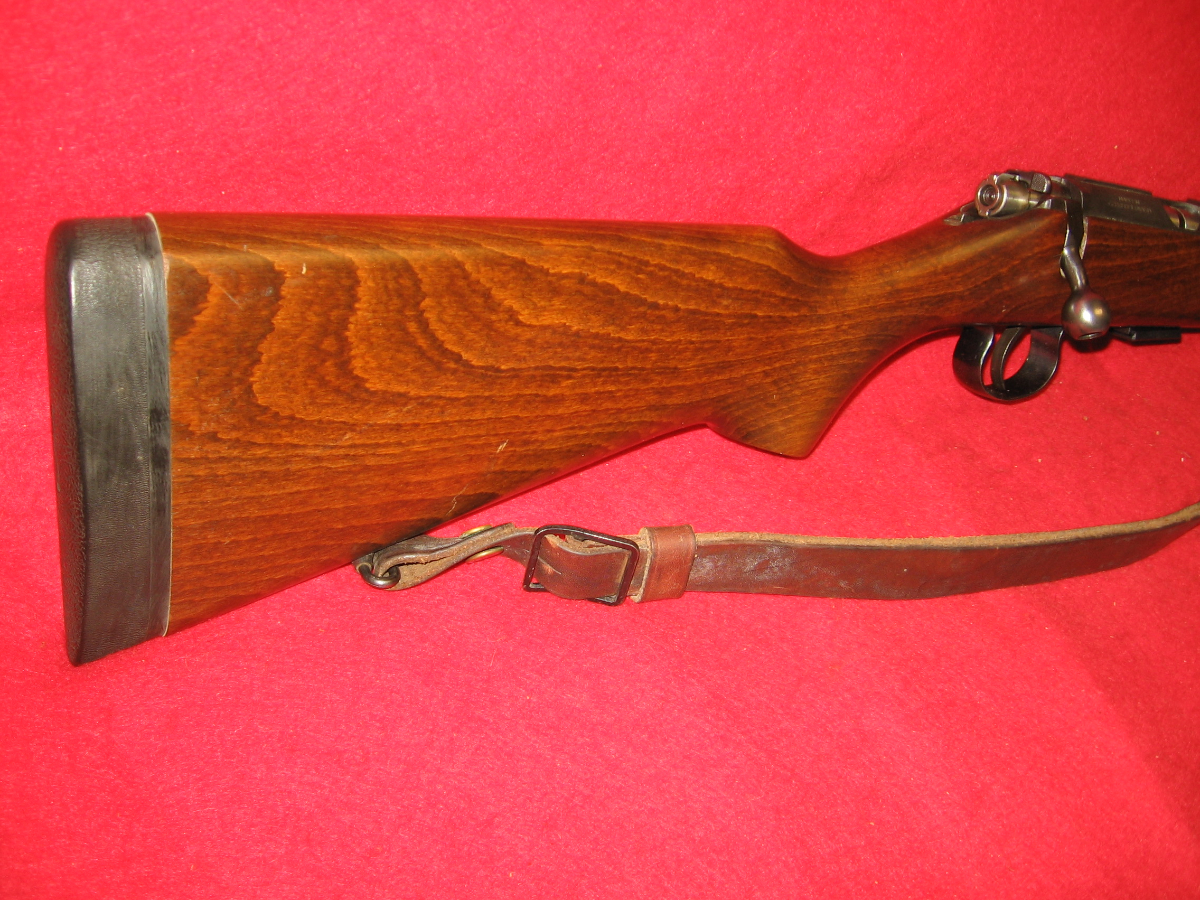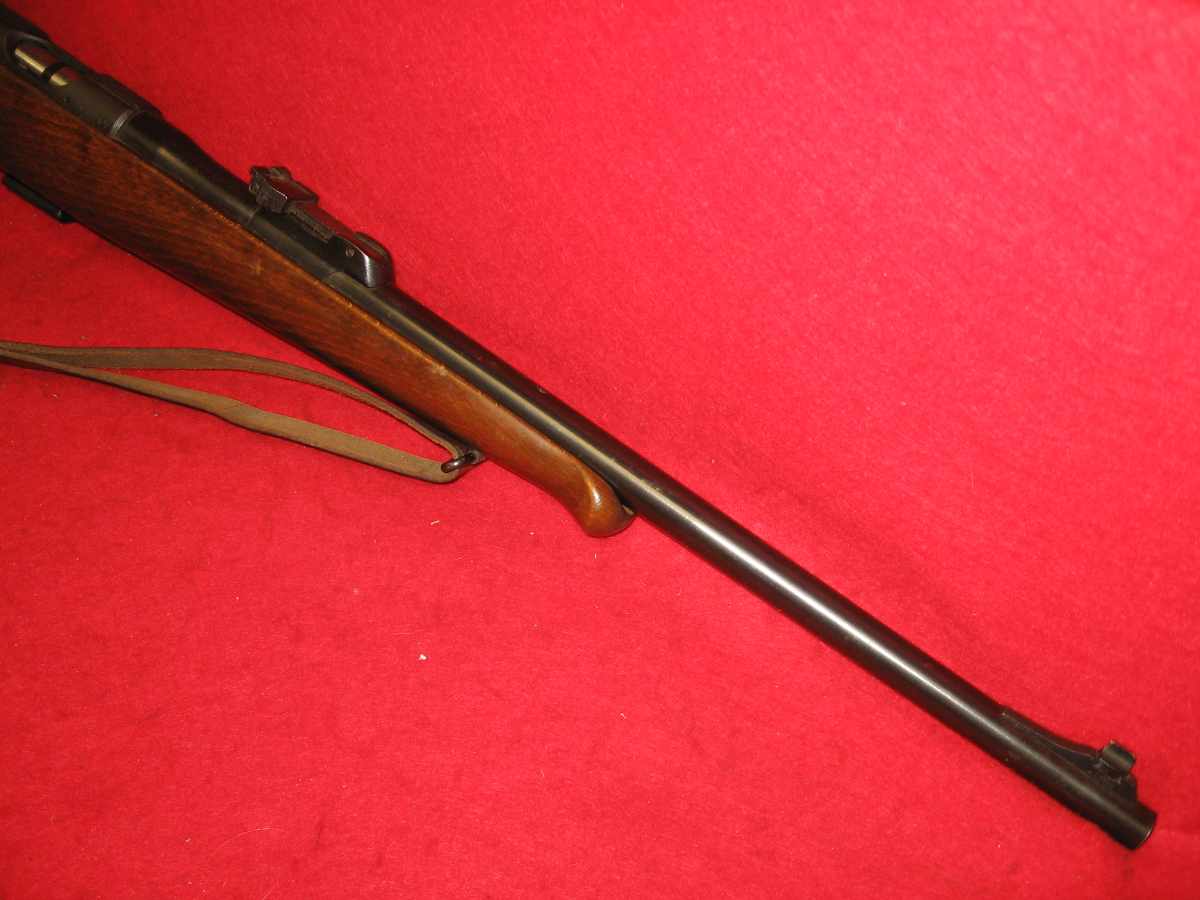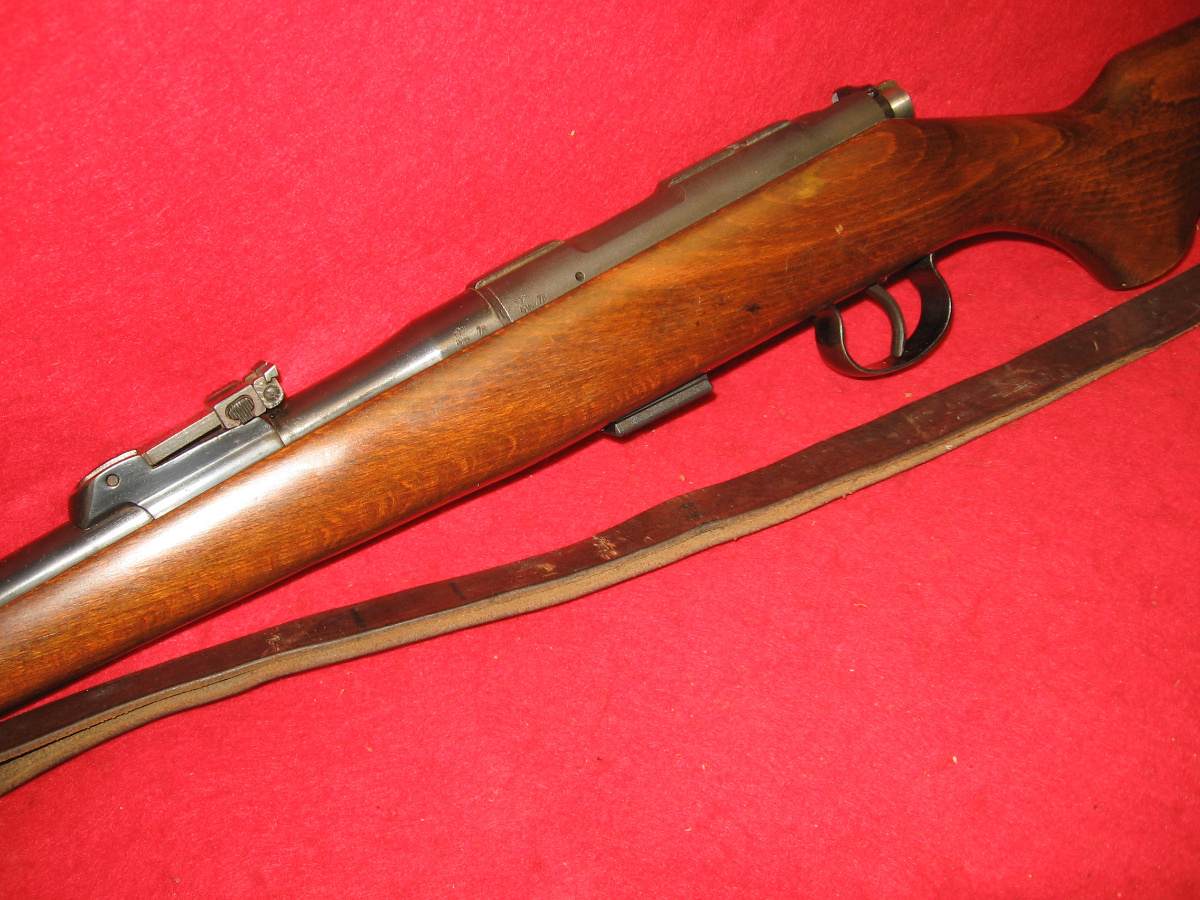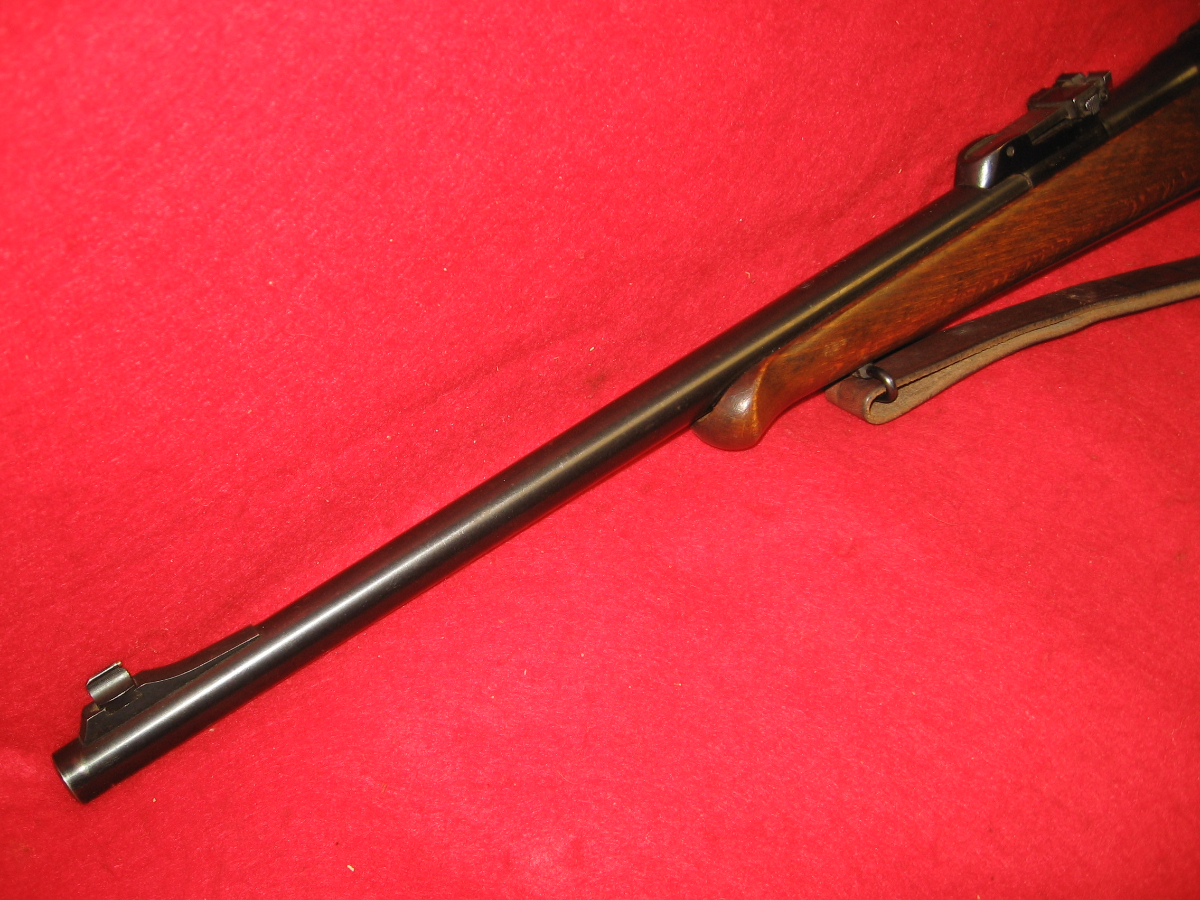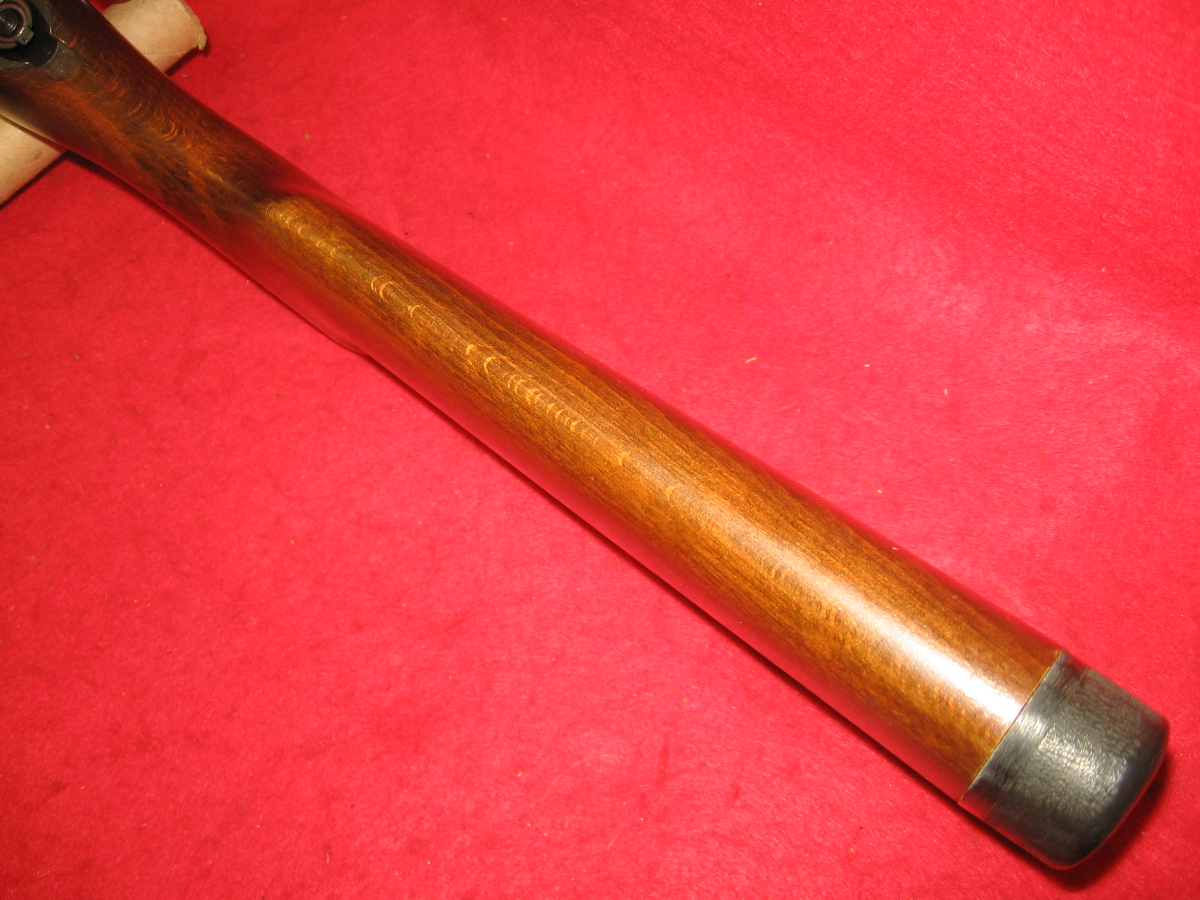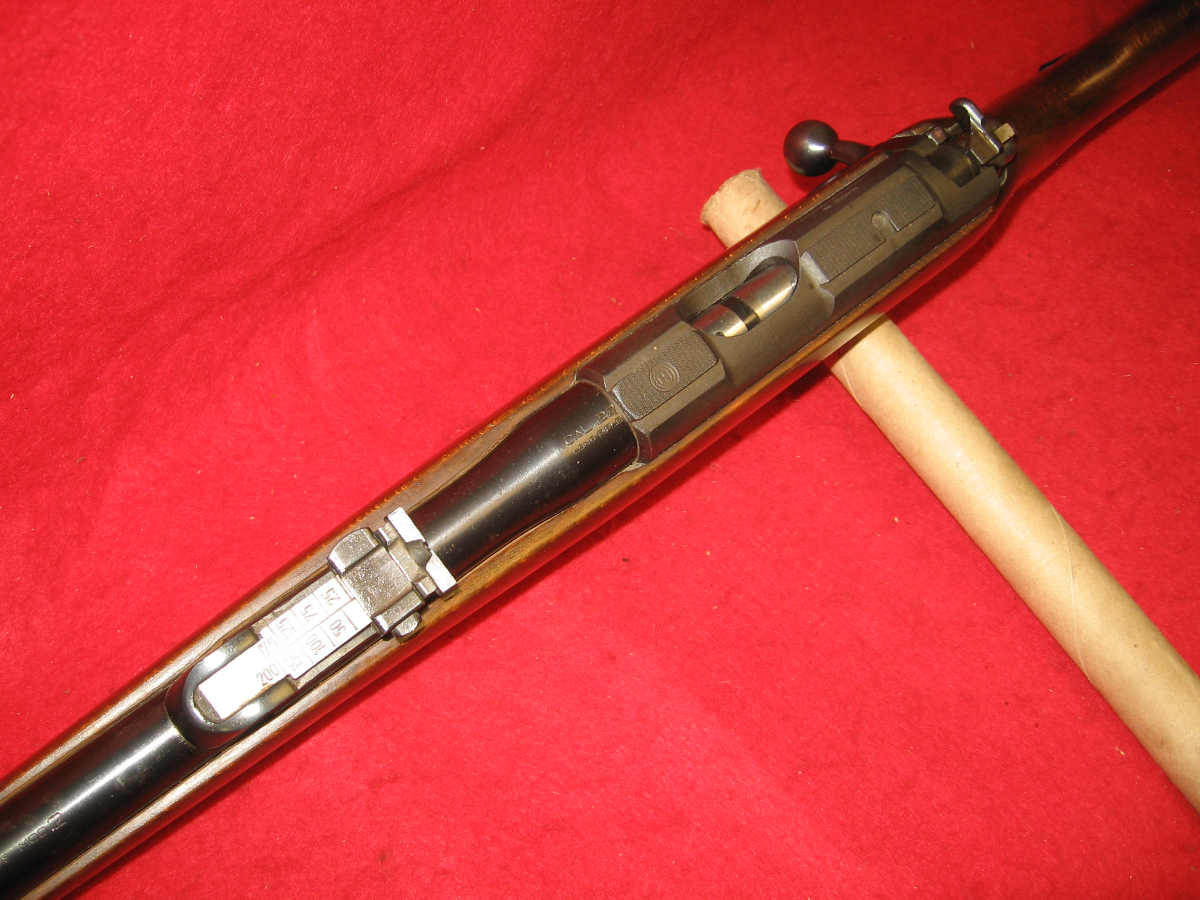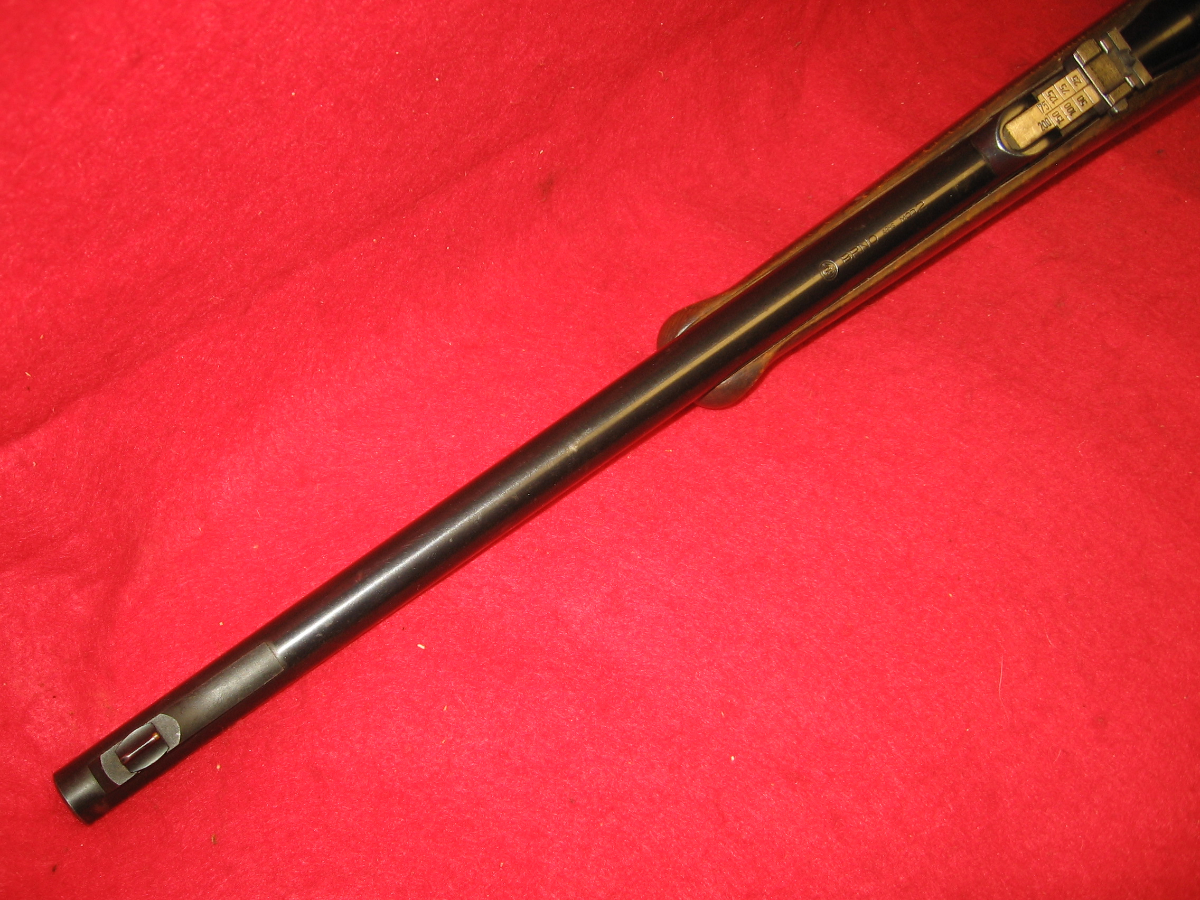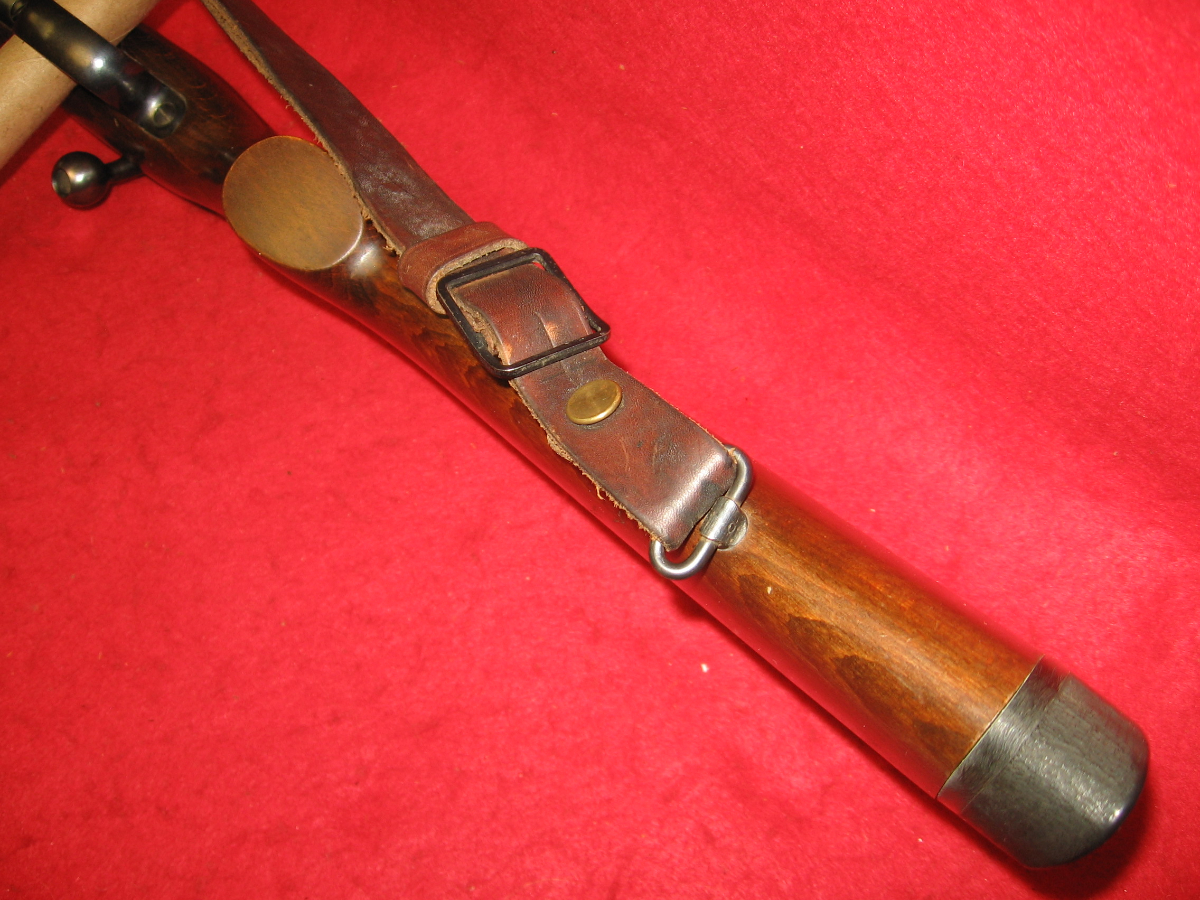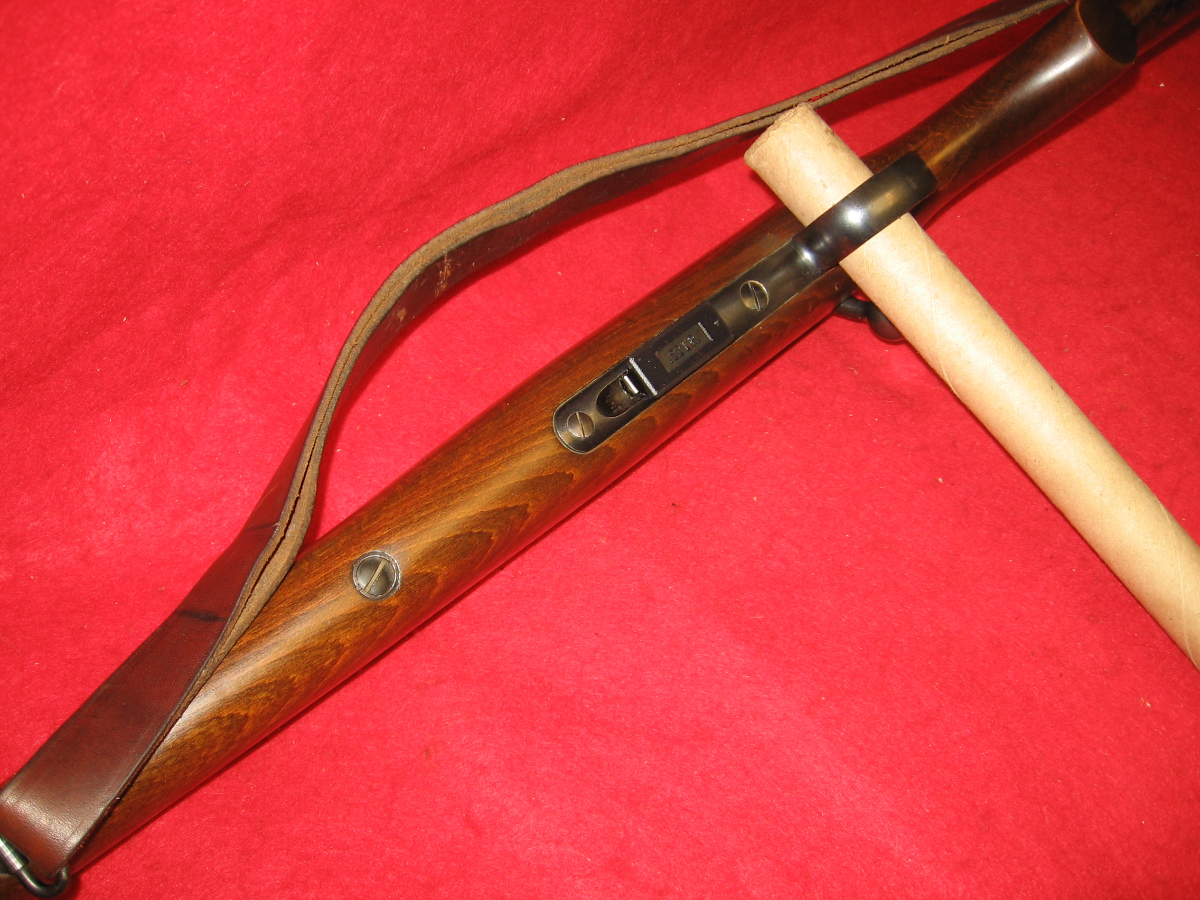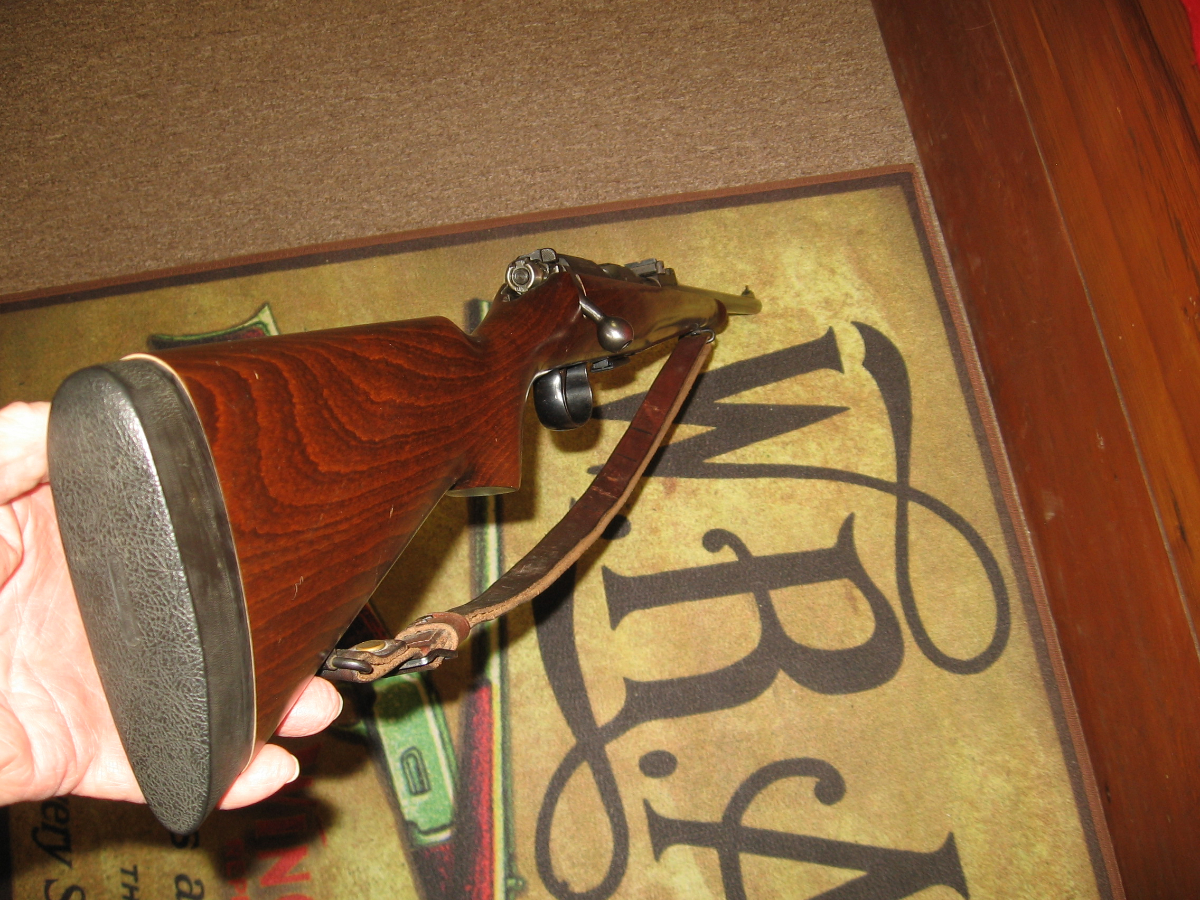
The Colt BOA was only made in limited numbers for a single year, then sold through a single distributor, making it probably the most elusive and desirable of the company’s double-action revolvers.
Between 1950 and 2003, Colt delivered to wheel gun aficionados a series of seven now-classic “snake” guns: Cobra, Python, Diamondback, Viper, BOA, King Cobra, and Anaconda. Some of these were more popular and widespread, such as the Diamondback, which was made in both .22 LR and .38 Special, while some were less frequently encountered, such as the Anaconda, which was made in .44 Mag and .45 Colt. For seekers of the seven serpents, however, a couple of these guns are almost impossible to find: the Viper, which was just a regular catalog item for Colt in 1977, and the BOA, which is even rarer.
Gun writer Jim Weller, who reviewed the BOA for American Handgunner in 1986, detailed that Colt had originally intended to produce the six-shot .357 Magnum double-action revolver to fall between the standard Mark V Trooper and the top-shelf hand-built Python, blending the features of both guns. The frame and action are that of a Trooper while the distinctive full-lug barrel is a Python trait. Call it a dressed-up Mark V or a budget Python, it was unique.
Eschewing adding it to their catalog, Colt elected to just deliver the entire factory run of some 1,200 of these crossover revolvers to distributor Lew Horton of Southborough, Massachusetts, in 1985, with limited edition consecutive serial numbers running from BOA1 to BOA1200. Of those, half of the revolvers used 4-inch barrels while the other half had 6-inch barrels. Horton also packaged one of each barrel length in 100 cased sets, meaning only 500 individual 4-inch and 500 corresponding 6-inch guns were sold.
Standard features on the BOA were the same Accro-style sights and Royal Blue finish of the Python, and a wide, target-style trigger with three grooves. Grips were checkered rosewood with a smooth backstrap and gold rampant Colt medallion inserts. The asking price from Horton at the time was $525, typically right at or just slightly under that of a new Python, making them attractive for buyers.
For the record, Weller took his T&E gun out to the range and was not disappointed by its accuracy, printing 125-grain JHP .357 pills in 2.5-inch groups at 25 yards “with disgusting regularity.” He did note that the lockup was not as tight as a Python and had a small amount of play in the cylinder, but in the end said of the BOA, “I don’t know whether or not those who buy one will actually shoot it, but it does make a good showing on the range.”




The thing is, once Horton was sold out of the BOA, that was it. Colt never revisited the concept. There weren’t any custom shop guns that were later turned out in small batches. No leftover parts were made up into new BOAs in the 1990s – such as what occurred with the Viper. Nada. Just 1,200 BOAs, and it’s a wrap.
If you think of vintage Colt snake guns as being Corvettes, the BOA is something akin to the Stingray L88 series. Sure, there are faster ‘Vettes (ZR1), examples that are more mechanically interesting (the ’57 Arkus-Duntov-era car with Ramjet injection), some that are arguably prettier (’63 split-window), and more comfortable – it didn’t even have an option for air conditioning or power steering – but the L88 is incredibly rare, with just 216 driving out of the factory over a three-year run. The odds of finding an L88 for sale in good condition are incredibly low. The same can be said of the BOA, now over 35 years out of production.
In short, BOAs, for Colt revolver fans especially, are the missing piece to many collections, which makes them, for many, the most charming of the snake guns.


